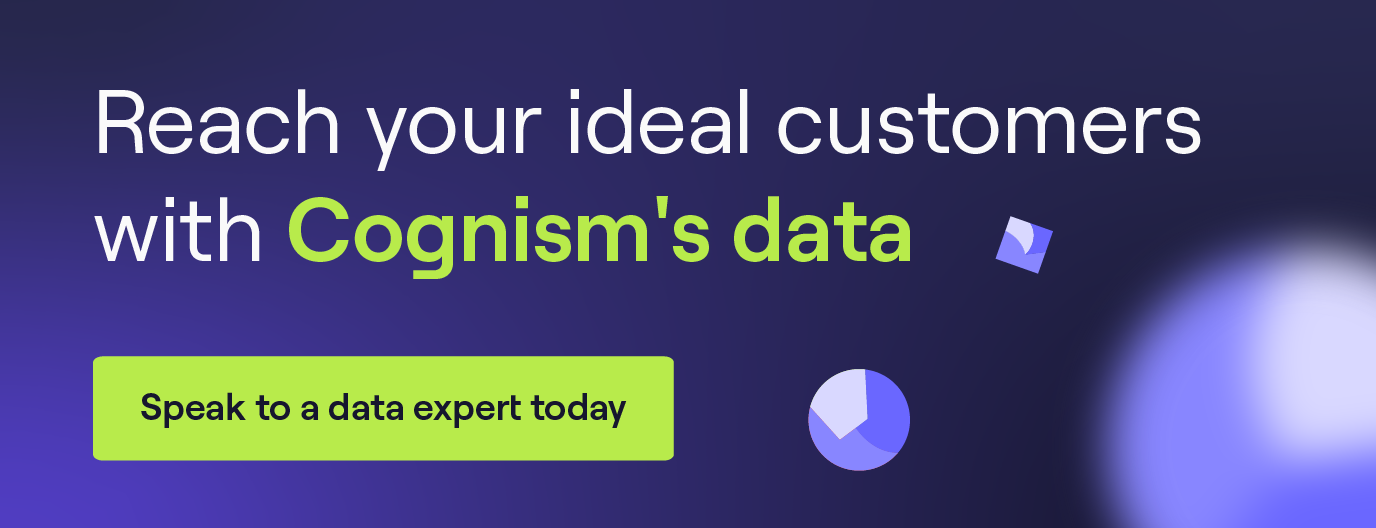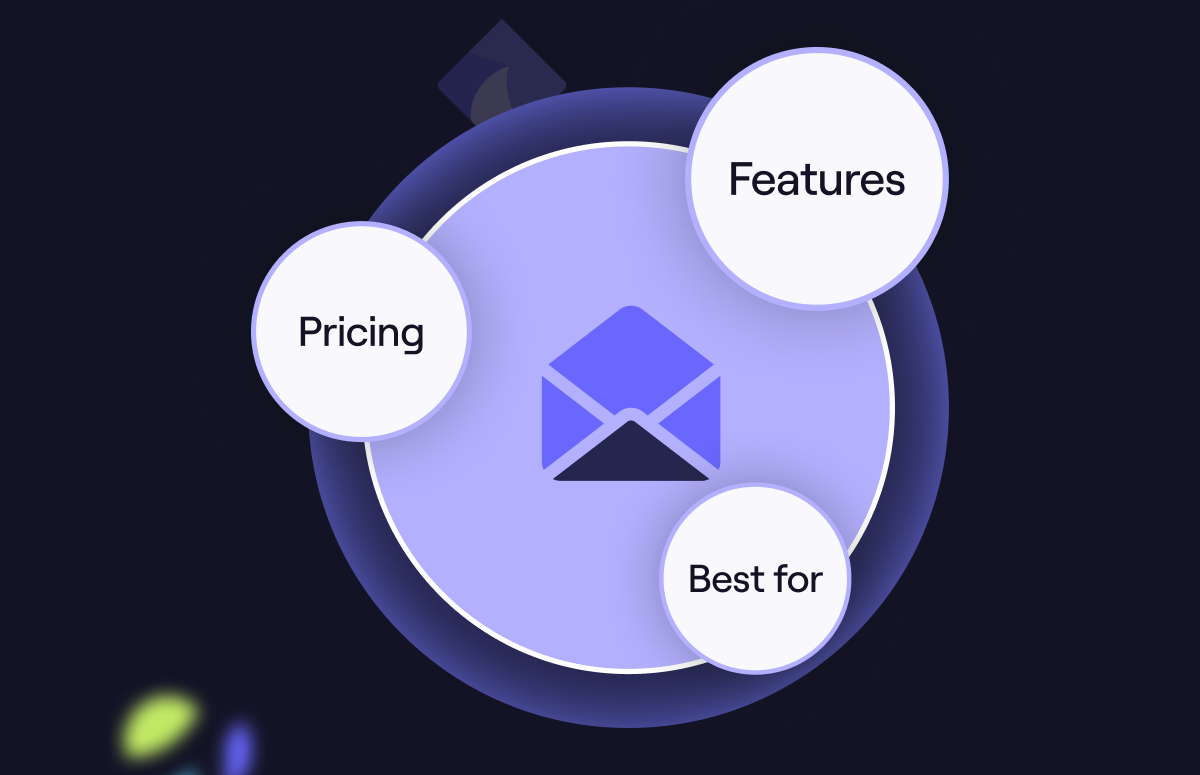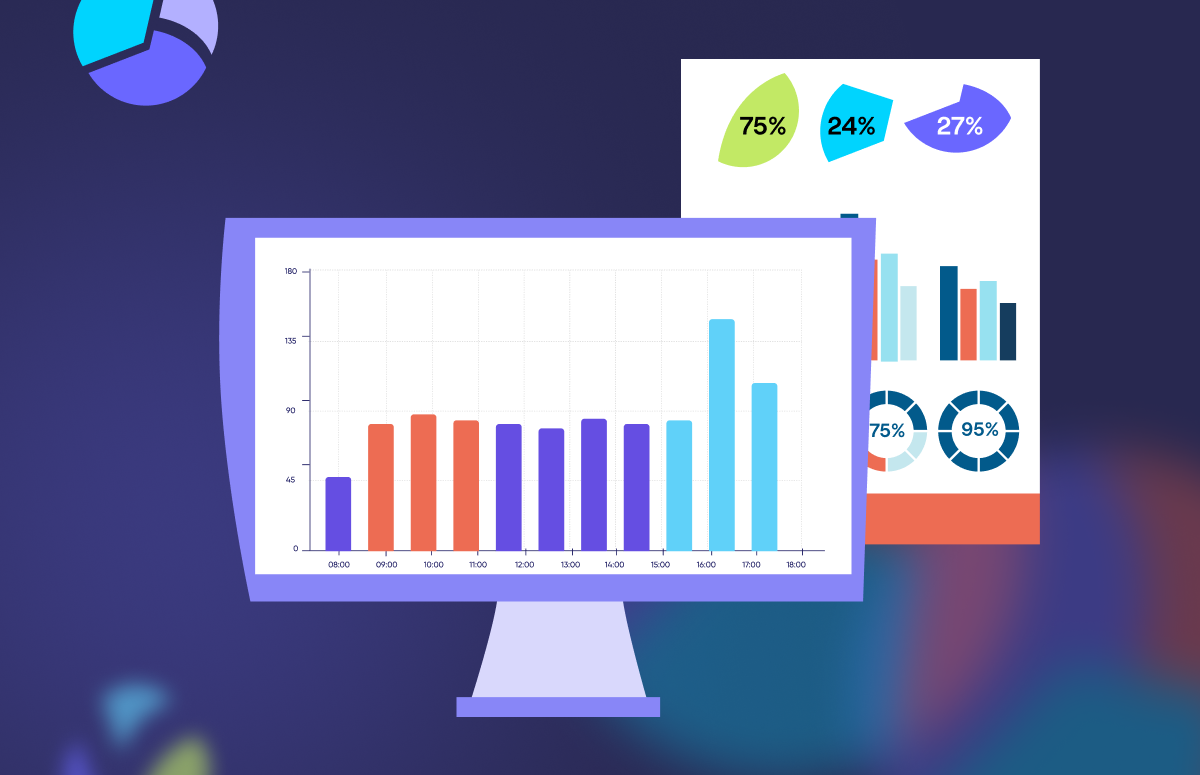Sales Pain Points: How to Find and Solve Customer Problems
Understanding and solving pain points is the ONLY way to create a frictionless customer experience.
And as a B2B company, you know that a positive user experience is critical to your success. 🚀
If you’re ready to bake customer-centricity into your sales process, keep reading.
In this guide, we’ll show you how to find and solve customer pain points using research and feedback management strategies. 👇
What are customer pain points?
Customer pain points are the struggles your customers face when using your product.
The truth is, no product is perfect. Your B2B customers might experience slow load times, bugs, onboarding hiccups, and other roadblocks when using your solution. They might also want certain features that your app doesn’t have or might not release until later.
But customer pain points are a good thing.
They help you understand how you can improve your products so you can keep your customers for longer.
Types of customer pain points
Customers can run into road bumps throughout the entire customer journey.
Types of pain points in B2B usually include:
- Productivity pain points.
- Financial pain points.
- Process pain points.
- Support pain points.
Common customer pain point examples in B2B include:
- The customer support team isn’t available when needed.
- No dedicated sales rep/support team.
- Lack of intuitiveness.
- Security sensitivity.
- Scaling concerns.
- Missing features.
- Downtime.
- Tech bloat.
- Glitches.
- Bugs.
- Price.
- Silos.
But possibly the biggest customer pain point…isn’t hitting overarching business goals.
B2Bers use your tool for a reason. If they can’t point to a specific ROI or high-value ad, they’ll start looking at other options.
Understanding financial goals and limitations is key when addressing financial pain points. Aligning solutions with a customer’s budget and financial expectations can increase the likelihood of a sale.
This approach not only meets immediate needs but also creates long-term customer relationships, which is essential for repeat business.
How to find customer pain points
Your marketing and sales teams must work together to uncover your customers’ major pain points.
Here’s how:
1. Conduct qualitative research
Start by gathering non-numerical data. Dig into your customers’ motivations, needs, and opinions.
Engage with your community
Ask your audience what current solutions they’re looking for and what they’re struggling with when using your product.
Engage with them wherever they are. That might be in your private community app, LinkedIn or X, or via email. You can also engage with users in relevant Facebook groups.
Ask specific questions, such as:
- How’s our data provider helping you streamline your internal processes?
- What does it do that your business finds value in every day?
- What’s missing from our solution that hinders your daily workflow?
- What do you look for in a sales acceleration tool?
Conduct user interviews
Schedule user interviews with customers across different user groups. As they use your product, ask specific questions about what they’re doing and what roadblocks they encounter.
Note all the friction areas and struggles you witness.
Ask your employees, sales reps, CS team, and marketing team
Gather insights from internal stakeholders through open-ended discussions and interviews to understand customer pain points and challenges.
Ask them what problems they routinely witness your customers struggling with. Front-line team members often have valuable context and anecdotes they can share with you.
Read relevant questions and threads on Reddit and Quora
Search for threads that mention your product in forum spaces, such as Reddit and Quora.
Go down the rabbit hole to see what you can uncover! Note any patterns or repetitive pain points that come up.
Interview people in your target market and ask them what they need
Host “meet the customer” days to interview people across your user groups. Bring them in for a fireside chat or meet virtually with a question list.
During the discussion, do more listening than speaking. Ask thoughtful, open-ended questions to help you dig deeper into their struggles.
Be sure to also ask them for any specific ideas or solutions they’d like to see.
2. Conduct quantitative research
Next, collect numerical data.
Check ratings, online reviews, and feedback comments with social listening tools
One approach that aligns with best practices for identifying and solving customer pain points involves engaging with customers to understand their problems and offering clear, direct solutions. You can do this by responding to reviews (positive and negative), comments, and other brand mentions online.
Social listening tools like Sprout Social and Brandwatch will help you stay informed about every customer who mentions your brand online.
The Cognism homepage demonstrates a deep understanding of its customers and their pain points. It presents its services as a tailored answer to the common obstacles faced by B2B marketing and sales professionals: finding accurate, verified ways to communicate with high-value leads.
Data and statistics help build authority, while social proof highlights other major brands’ trust in Cognism and its systems.
Poll and survey customers
Send polls and surveys to user groups to ask them about their current hurdles and needs. Leave room for fill-in-the-blank answers, too, so you can understand the context around their struggles.
Quantify user opinions, preferences, and pain points using numbers and categories.
For instance, you might learn that 20% of surveyed customers would like you to add client portals to your platform. You may also discover that 45% of your polled users saw a significant productivity increase after using your sales automation software.
Consider placing the 20% stat in a “desires” category or a “feature requests” category. Place the 45% stat in the “successes” category. Be sure to also create a “pain points” category.
Pull data from your CDP and contact centre software
Gather customer insights more efficiently from your Customer Data Platform (CDP).
The right CDP will give you a holistic customer view to help you understand your target persona’s most common pain points.
Imagine a potential customer browsing the Beaches of Normandy website, excited about a WWII history tour but overwhelmed by itinerary or tour options. A customer data platform could collect data from bookings, website behaviour, and surveys. This could help Beaches of Normandy identify pain points and friction areas.
Since prospective customers may struggle to choose the perfect tour, the company could use the CDP’s insights to offer personalised recommendations based on preferences, guiding them to the ideal trip.
And you can do the same.
With CDP data you can consolidate your data sources and refine your ideal customer profile. This is pivotal to understanding your target user groups’ needs and preferences holistically.
Another invaluable source to examine is your contact center software data. When customers contact your customer service team, what concerns do they routinely express? What are the most common customer interactions, inquiries, and complaints?
With sentiment analysis and call recording, you can discover specific customer pain points during sales interactions. You can also pull cold call scripts, form inquiries, and email correspondence threads.
Ask customers for ideas, solutions, and feature requests
Go beyond customer pain by asking for innovative ideas to help improve your product. Create a dedicated form where your current customers can submit their solutions, feature requests, and anything else that comes to mind.
Add this form to your website and social media profiles. Also, send it to your email list. This will generate awareness about the form and get more eyes on it.
Look for patterns among the requests. Which features or solutions do customers request most? Quantify them so you can prioritise them during implementation. (More on this in a bit.)
Conduct market research
Research your market to pinpoint industry-wide customer needs.
Here’s how:
Analyse competitors
Monitor competitors’ marketing materials, product offerings, and customer feedback.
Identify gaps in the market. Where are your competitors failing to address customer pain points?
Look at industry trends and reports
Stay informed about industry trends, market reports, and forecasts. Understand the broader context in which your target audience operates.
Identify emerging challenges and opportunities and see what the experts have to say about potential solutions.
Host focus groups
Facilitate group interactions and explore perspectives with representatives from different businesses.
Look at your website data
Analyse website analytics to understand user behaviour, traffic sources, and conversion metrics.
Use behaviour intelligence tools to spot rage-clicking and other friction points.
Peruse case studies
Read case studies and success stories; understand how businesses are using similar solutions to solve customer challenges and achieve their goals.
What are their customers struggling with? What can you learn from their results?
How to solve customer pain points
Take the data you’ve collected and run through the following steps.
Categorise pain points and feedback by customer group
Organise the data by information and user segment.
Each customer group you target has its own challenges and support needs.
For instance, your small business clients will need different solutions than your enterprise clients, and your project management customers will need different features than your HR customers.
Here’s an example:
|
User Group |
Pain Points |
Feedback |
|
Project Managers |
|
Would love hyper-personalised workflow automation capabilities and a dedicated client portal |
|
HR Managers |
|
Add more board customisation functions, including custom fields and task reminders |
|
Marketing Directors |
|
Create a high-level overview functionality that lets us see what every department is working on, what deliverables need to go out, and recent submissions |
Respond to feedback and pain points with a solution or plan
Create segmented responses and send them out to anyone who participated in a poll, survey, or form submission.
Be sure to also respond to negative comments with empathy and a solution - or at least a way to get in touch with a relevant manager.
Send personalised responses to people who attended an interview or chat. Thank them for their time and let them know how you plan to use the feedback they provided.
Rank feedback and pain points
Order the feedback and pain points you uncovered by priority level. (Consider using a tool like Canny.io to automate this.)
This will help your team focus on the most important solutions first before making their way through the others. You’ll know something’s important by the number of times your customers have mentioned it.
Here’s an example:
|
Feedback/Pain Points |
Number of mentions |
|
No 24/7 customer support |
1,750 |
|
No customer portal |
1,603 |
|
Lacking custom fields |
1,401 |
|
Would like a knowledge base with training modules |
1,249 |
|
Would like unlimited notes and projects |
1,111 |
|
Tired of bugs, glitches, and Friday downtimes |
993 |
Create a list of solutions and meet with stakeholders to vote on them
Leverage your customers’ ideas and your teams’ brainstormed solutions to create an action plan.
Meet with relevant stakeholders to vote on your solutions before implementing them.
Here’s an example of a solution list with vote tracking:
|
Solutions |
Number of votes |
|
24/7 customer support (chatbot and email) |
399 |
|
Workflow automation capabilities |
324 |
|
Client portal |
313 |
|
Custom fields |
279 |
|
Task reminders |
254 |
|
Knowledge base with training modules |
232 |
|
Unlimited notes and projects |
218 |
|
User experience revamp |
201 |
|
High-level overview function |
199 |
|
Change downtime to early Sunday mornings (PST) once a month |
183 |
Implement feedback
Give your customers what they want!
This is the single most important thing you can do for your B2B clients.
After collecting votes, schedule the solutions you voted on with your product design team and any other necessary departments.
Send notices to your user segments and anyone who provided feedback. Let them know the changes you’re making and when you’re rolling them out. Note any downtimes or hurdles they may run into as you improve your product.
Then, implement feedback according to priority level - step by step.
Rinse and repeat this process to continue refining your product.
Sales pain points: key takeaways
Happy and satisfied customers mean a higher customer lifetime value (CLTV).
But you can’t have happy customers without a solid product they can count on to meet their needs.
When you put your customers first, everything about your business changes. You innovate with your loyal clients in mind, consider their daily challenges, and work diligently to solve their problems.
If you’re ready to find and solve customer pain points, bookmark this article and share it with your team.
And if you need help finding more customers, you’ll love Cognism. Book a demo to learn how globally compliant B2B data can help you connect with key prospects in target accounts.
Click here 👇
Author bio
Luca Ramassa is Outreach Specialist at LeadsBridge, passionate about Marketing and Technology. His goal is to help companies improve their online presence and communication strategy.



